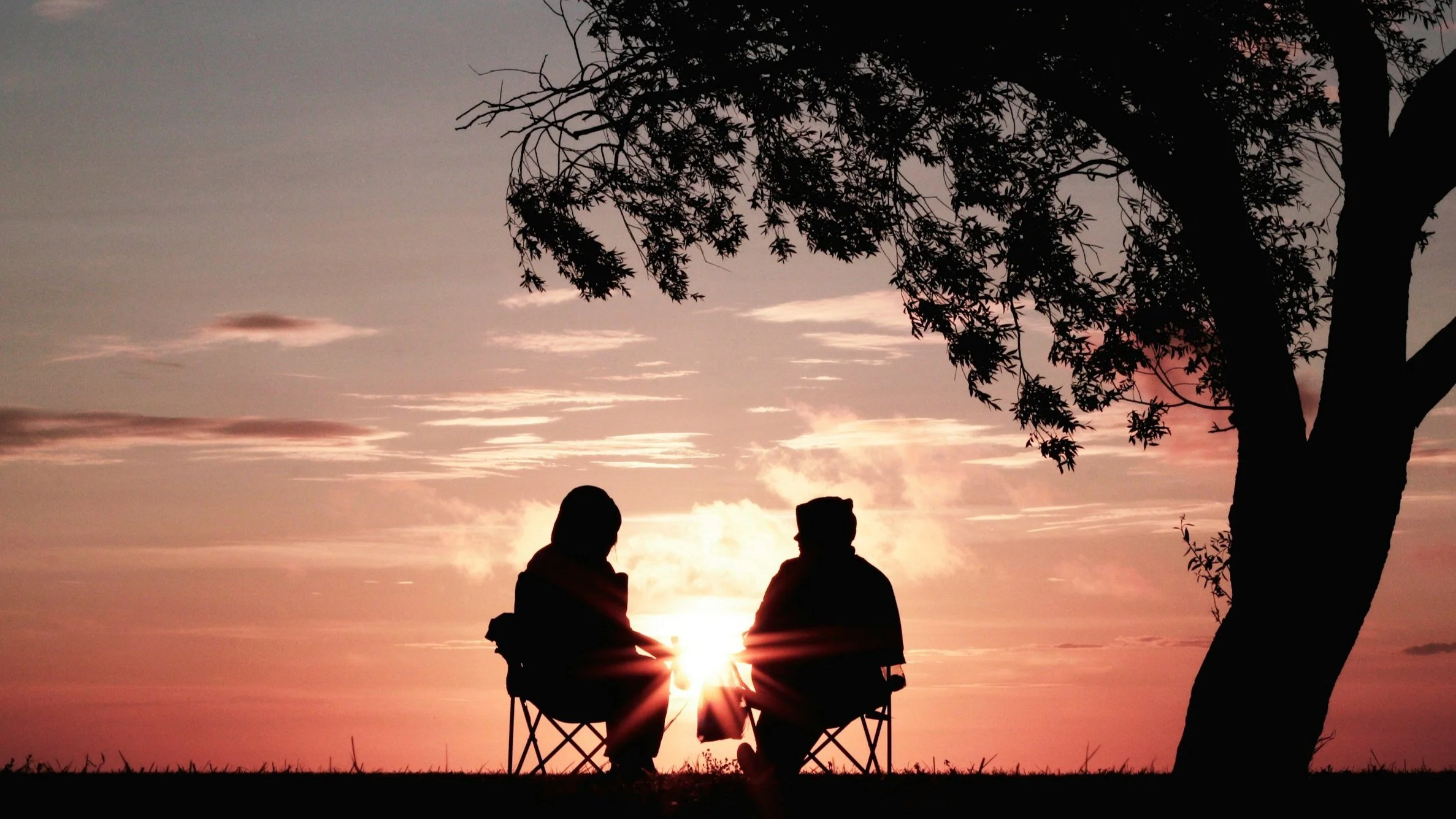Imagine this: a newborn baby instinctively reaches for its mother’s touch, not just for warmth or nourishment—but for survival. From the moment we take our first breath, we are hardwired to connect. Human interaction isn’t a luxury. It’s a biological necessity.
In fact, researchers have found that positive social interactions light up the same brain regions associated with food and physical safety. One study out of Harvard, spanning over 80 years, found that the quality of our relationships is the single biggest predictor of long-term health and happiness—more than money, fame, or even genetics.
We Are Wired to Connect
Yet today, in the age of hyperconnectivity, many of us feel more isolated than ever. Why? Let’s dig into the root cause—not just on the surface, but holistically.
Yes, our phones are a factor. But disconnection often begins with our lifestyle. Chronic stress, overwork, poor boundaries, and even the belief that we must “do it all alone” contribute to an internal state of survival. And when we’re in survival mode, we shut down the very systems—curiosity, empathy, vulnerability—that make deep connection possible.
The Root of Disconnection: It’s Not Just About Technology
Bio-Individuality: Relationships Aren’t One-Size-Fits-All
Here’s where the holistic perspective shifts everything: we all connect differently. Just like bodies have different nutritional needs, we also have unique emotional rhythms and relational preferences. Some of us need lots of quality time. Others thrive in solitude punctuated by bursts of intimacy.
Honoring your bio-individuality in relationships means:
Learning how you recharge socially
Respecting your need for space or closeness without guilt
Communicating those needs clearly (and kindly)

Real-World Tips for Cultivating Healthy Connection
1. Start with Self-Awareness
You can’t build a healthy relationship without knowing your own needs. Ask yourself:
When do I feel most connected?
What kind of interactions drain me?
What boundaries do I need to feel safe?
Want to get to know you? Download your free Know Yourself First PDF with prompts to explore your relational style, needs, and non-negotiables.
2. Practice Micro-Connection
Not every connection needs to be deep. A smile, a shared laugh with a neighbor, a genuine “How are you?” at the coffee shop—all contribute to your relational well-being.
Top Tip: Set a “Connection Intention” each day. For example: “Today I’ll give someone my full attention for 5 minutes.”
The Family Unit: Our First Relationship Blueprint
Let’s talk about families—not the picture-perfect holiday card versions, but the real, messy ones. Science tells us that early family relationships literally shape our nervous systems. Secure attachment in childhood builds resilience and emotional regulation. In contrast, inconsistent or chaotic family environments can make adult relationships feel unsafe or confusing.
But here's the good news: neuroplasticity means we can rewire our relational patterns.
3. Rebuild Boundaries with Love
Boundaries aren’t walls—they’re bridges. They help define how we connect, not if we connect. Healthy boundaries:
Prevent resentment
Foster mutual respect
Create emotional safety
4. Make Repair a Habit
All relationships hit bumps. What matters isn’t perfection, but repair. Whether it’s a quick “Hey, I was off earlier—sorry,” or a bigger heart-to-heart, repair builds trust faster than perfection ever could.

The Bottom Line:
The Bottom Line: We’re Meant to Grow Together
Just like a tree needs sun, soil, and water, humans need safe, meaningful connection to thrive. But connection isn’t about collecting more contacts—it’s about cultivating deeper roots.
So whether you're nourishing your marriage, mending a family tie, or making space for new friendships—remember: a healthy relationship always begins with a healthy sense of self.
Embracing community helps us live longer and be happier
https://news.harvard.edu/gazette/story/2017/04/over-nearly-80-years-harvard-study-has-been-showing-how-to-live-a-healthy-and-happy-life/
For the research-minded readers, scientific resources & references:
NIH- Nurturing Relationships in Childhood
https://www.ncbi.nlm.nih.gov/books/NBK225548/









